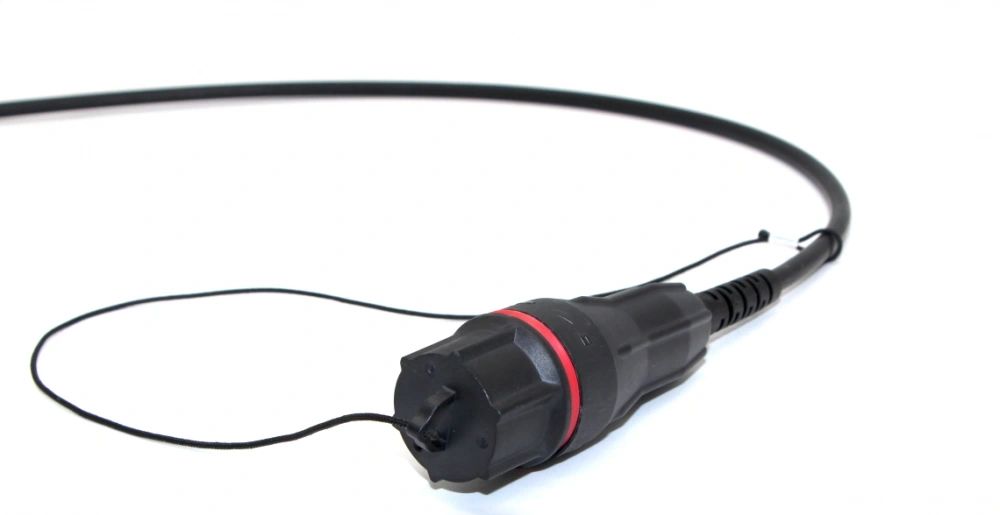Exploring the Impact of Plugging and Unplugging on the Lifespan of Optical Fiber Connectors

With the increasing demand for high-speed and reliable internet connections, the use of optical fiber connectors has become ubiquitous. However, as these connectors are repeatedly plugged and unplugged during installation, maintenance, and upgrades, it is crucial to understand the relationship between the number of plugging and unplugging and the lifespan of optical fiber connectors. This analysis aims to delve into this relationship and provide valuable insights for network engineers and technicians.
The Importance of Understanding Connector Lifespan
Optical fiber connectors play a crucial role in ensuring efficient data transmission in various network applications. They facilitate the connection between optical fibers and transmit signals with minimal loss. However, over time, connectors can degrade and result in signal attenuation, increased signal loss, or even complete signal failure. Therefore, comprehending the factors that impact connector lifespan, such as plugging and unplugging, is of utmost importance to maintain network performance.
The Impact of Plugging and Unplugging on Connector Life
The number of plugging and unplugging events directly affects the lifespan of optical fiber connectors. Each time a connector is connected or disconnected, mechanical stress is exerted on the connector components, leading to wear and tear. This mechanical stress can cause physical damage to the connector, resulting in increased insertion loss and degradation in signal quality. Therefore, the more frequent the plugging and unplugging, the shorter the connector's lifespan.
Moreover, factors like the quality of the connectors, the precision of insertion and extraction, and the cleanliness of the mating surfaces also influence the lifespan. Connectors of higher quality and with better precision in their design and manufacturing can withstand a greater number of plugging and unplugging cycles. Additionally, maintaining clean and debris-free mating surfaces reduces the risk of damage during the connection process.
Best Practices to Extend Connector Lifespan
To prolong the lifespan of optical fiber connectors and ensure optimal network performance, several best practices can be implemented:
- Minimize the number of plugging and unplugging events: Whenever possible, avoid frequent connector disconnections and use alternative methods for network modifications.
- Use high-quality connectors: Investing in connectors with robust construction and advanced materials can significantly increase their lifespan.
- Adhere to proper insertion and extraction techniques: Following manufacturer guidelines for inserting and extracting connectors reduces the risk of damage to internal components.
- Maintain cleanliness: Regularly inspect and clean connectors and mating surfaces to remove dirt, dust, and contaminants that can compromise performance and longevity.
In conclusion, the number of plugging and unplugging events directly impacts the lifespan of optical fiber connectors. Understanding this relationship and adhering to best practices can help network engineers and technicians ensure reliable and efficient network connectivity for extended periods.



